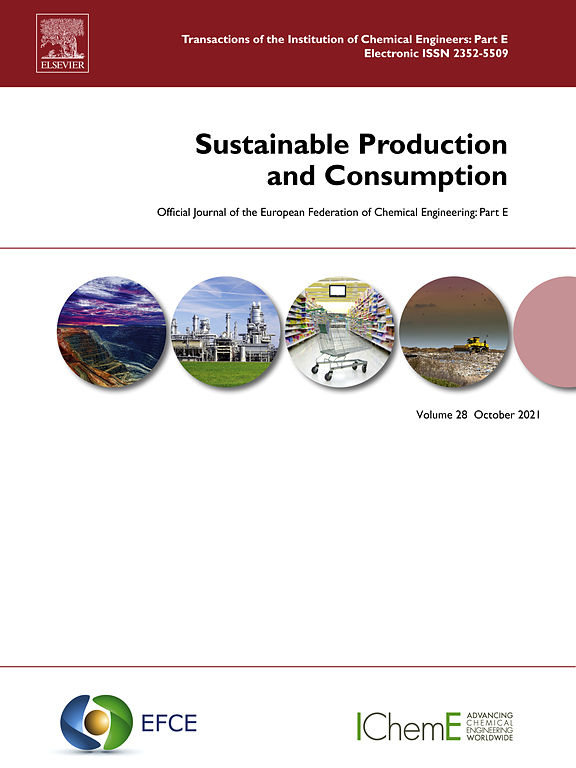Elsevier intern. Journal, website
Authors: Riccardo Accorsi (a),(c), Susan Cholette (b), Riccardo Manzini (a), Lorenzo Mucci (a)
(a) Department of Industrial Engineering, Alma Mater Studiorum – University of Bologna, Viale Risorgimento 2, 40136, Bologna, Italy
(b) Department of Decision Sciences, Lam Family College of Business- San Francisco State University, 1600 Holloway Ave, San Francisco, California
(c) CIRI – AGRO, Interdepartmental Center for Industrial Research of the University of Bologna, Via Quinto Bucci 336, 47521, Cesena (FC), Italy

Abstract
The food industry being pressured to reduce its environmental footprint, and replacing single-use pack- ages with reusable containers would provide one such avenue for improving sustainability. The uncer- tainty of where and when containers are available for backhaul, insufficient washing service levels, and other barriers like intensive transportation have limited the widespread adoption of reusable containers. This paper models the tactical operations of a circular containers network with diverse actors, explor- ing the interdependence between uncertainty, service level, and transportation. A linear programming model is constructed where the packaging pooler’s costs are minimized while meeting the demands and service needs of the food suppliers and the retailers. This model is applied to a real-world case study of a reusable container network in Italy involving the fresh food supply chain. The model is then aug- mented with simulations to estimate uncertain parameters and is resolved via robust optimization. We find that improving the pooler’s current solution is possible, even with uncertainties of where and when containers are collected for backhaul. We quantify how improving washing service levels will change the network solution and raise costs. We likewise explore how reducing the distance suppliers must travel to collect containers impacts the pooler’s operations and costs, as well as the overall distances and sub- sequent emissions associated with the transport of containers. While there is great potential to improve the current solution, future work is needed both to build better decision support tools and to understand of how to determine where on the Pareto frontier the solution will lie and perhaps influence it for the greater good.
© 2022 Institution of Chemical Engineers. Published by Elsevier Ltd. All rights reserved.